[ad_1]
By Customer Creator Acadia Tucker
Planting a Native climate Victory Yard is a powerful act. It presents each of us with entry to barely grime the power to feed ourselves healthful meals, along with one factor we’re capable of do concerning the specter of native climate change.
Many native climate activists promote pricey utilized sciences that pull carbon out of the air and inject it into deep pockets underground. Vegetation already try this with out spending a dime through photosynthesis, the tactic by which light energy is turned plant meals.
This functionality to grab greenhouse gases is why many specialists take into account regenerative agriculture, additionally known as carbon farming, could play a necessary place in stopping native climate change. The Rodale Institute estimates we could sequester larger than 100% of annual carbon dioxide emissions worldwide if we alter to regenerative agriculture methods to develop our meals.
Cultivating even barely patch of soil, in pots or in your yard, points. Eric Toensmeier, creator of The Carbon Farming Decision estimates that his private tiny carbon-rich yard yard, a few tenth of an acre, can offset the carbon emissions of 1 American grownup per 12 months.
So what if further of us started a Native climate Victory Yard in our private yards? What if a group of citizen gardeners joined collectively to develop good meals? It might happen. Really, it’s occurred sooner than.
Victory Gardens Started All through WW2
All through World Wrestle II throughout the 1940’s, Victory Gardens sprouted in all places within the nation. The target was to help the battle effort: further meals grown at dwelling for civilians meant further meals to ship to the troops abroad. It moreover meant the vans and trains ordinarily used to maneuver produce to grocery outlets had been freed as a lot as switch weapons and troopers. And rising meals at dwelling helped households stretch their meager weekly rations. By 1943, the virtually 20 million Victory Gardens all through the nation had been rising 40 p.c of the nation’s meals.
Many a very long time later, we could use a model new Victory Yard movement. We are going to lobby our leaders to do the exact issue by our planet, nonetheless we’re capable of moreover take movement ourselves. On this nation alone, properties, golf applications, and parks develop roughly 40 million acres of turfgrass or about thrice the amount of land dedicated to rising corn. Additional notably, the standard American household maintains a yard fairly lower than one-fifth of an acre in dimension, in response to 2017 census info. That’s quite a few land which will very nicely be put to good use as carbon-sucking mini-farms.
Consultants agree further evaluation is required to know the overall potential of carbon farming in our private backyards nonetheless there’s no question that even a small enhance in soil carbon can improve crop resilience, reduce chemical use, protect water, and offset greenhouse gasoline emissions. Merely as thrilling, it’s pretty easy to assemble rich soil.
Discover ways to start a Native climate Victory Yard
4 Steps
STEP 1: Select a location in your Victory Yard
An ideal planting mattress will get a great deal of photo voltaic, has fast entry to a water spigot, which helps cut back down on the time and hassle of watering, and could also be seen out of your property so there’s a lot much less of a chance you’ll overlook about it. However when your solely wager is a plot that’s intently shaded and bone dry, don’t worry about it. It merely means you’ll should work further onerous to assemble good soil and resolve vegetation that may thrive with out loads photo voltaic. In short, it might be achieved!
STEP 2: Assemble your yard beds
The hardest observe for me to undertake on my methodology to turning right into a regenerative grower was low-till farming. Working a huge metal rototiller through grime is a really surroundings pleasant methodology to interrupt up weeds and grass and dig seed furrows. Sadly, this machine moreover breaks apart the soil’s pure building and the dwelling soil group that works so onerous to nourish vegetation.
Instead, I’ve found to develop vegetation on planting beds made out of layers of cardboard or newspaper, leaves, grass clippings, compost, and another pure supplies you’re going to get your palms on. With sheet mulching, you probably can depart soil organisms alone to permit them to go about their lives, breaking down pure matter, recycling nutritional vitamins, and aerating the soil. It is my go-to methodology for starting a model new yard. It allows you to assemble good soil whereas eliminating weeds, all with out digging, plus it actually works properly for nearly any home. Creating soil does take time, nonetheless, and requires a hefty present of leaves, grass clippings, cardboard, and totally different pure supplies, so it’s not for everyone.
There’s one different methodology to place collectively your planting house: add further soil. Shovel on soil from wherever in your yard, as long as you’ve first eradicated all the weeds. In case your yard is simply too weedy or onerous to dig up, or just not all that huge, buy some soil out of your native yard coronary heart. Seek for supplier; some places will resell grime from growth web sites, which is low prime quality and may comprise toxic chemical substances. Not good! What you want is an pure soil made for gardening. That method it’s protected, light, and fast-draining, not compact and heavy like most growth soil.
STEP 3: Plant perennial greens and fruit
Artichokes, asparagus, rhubarb, strawberries and apple timber. These are all examples of perennial meals, which are hardier than annuals and marry properly with Native climate Victory Yard targets. Any plant could also be grown using a soil-first methodology, and be tastier and additional resilient for it. Nonetheless perennials are an vital choice because of they require minimal to no soil disturbance and will stick spherical for just a few years.
One goal they accomplish that properly is that they’re anchored by in depth root applications that help them uncover water and nutritional vitamins deep throughout the soil. Deep roots moreover give these vegetation endurance as soon as they’re buffeted by heavy winds, rains, and snow. Having the equivalent vegetation in place for years makes it less complicated for all the carbon sequestering organisms—the micro organism, fungi, and bugs—to assemble and multiply. Larger than 100 completely various kinds of edible perennial greens and fruits develop properly in North America.
STEP 4: Add pure matter
Planting a Native climate Victory Yard is unique in how loads emphasis it locations on soil nicely being. You’ll’t change the inert mineral foundation of your native soil, nonetheless you probably can convey it to life. All you have to do is add pure matter.
Pure matter is the celeb ingredient in healthful soil. It’s the shredded leaves you unfold as mulch, the kitchen scraps you add to your compost heap, the earlier roots left to decompose underground. Principally, it’s one thing that was as quickly as dwelling.
Hungry soil organisms break down these lifeless
leaves, roots, and scraps and convert them into plant nutritional vitamins, like
phosphorus, nitrogen, and potassium. This course of, usually known as decomposition,
produces humus, a darkish brown supplies that is 60 p.c carbon. Humus may very well be very
safe and, if undisturbed, can keep throughout the soil for a complete bunch and even
a whole lot of years.
Soils rich in pure matter absorb water and
nutritional vitamins because of the molecules are charged, sort of identical to the static cling that
makes a sock comply with your shirt whilst you pull your clothes out of the dryer.
This price holds moisture and nutritional vitamins tight so it’s a lot much less likely they’ll
evaporate or wash away. Rising pure matter in your soil by just one
p.c can enhance its water-retaining functionality by an extra 20,000 gallons per
acre.
Rising the share of pure matter throughout the soil moreover feeds mycorrhizal fungi, big networks of fungi that launch glomalin. Glomalin is a sticky, gum-like substance that binds collectively particles of sand, silt, and clay, making a soil building that further helps to lock in moisture and keep on to nutritional vitamins. These favorable conditions make vegetation sturdier and additional resilient, a large plus in these climate-challenged situations.
Maybe you don’t have a yard? An outstanding methodology to get your palms dirty is to be a part of a bunch yard, present to help in one other individual’s yard, or seek for a yard to share on SharedEarth.com. If these don’t work, you probably can develop in containers set out on a balcony or porch.
And so is container gardening
Container rising is easy as long as you resolve the exact dimension and start off with good soil. The bigger the pot the upper because of rootbound or crowded vegetation don’t local weather exterior temperature swings properly and typically need further tending. I want to fill my containers with handmade potting soil that’s a mix of equal parts coconut fiber, good yard soil, compost, and sand. You may too buy potting soil from a yard retailer. Seek for potting soil that is inoculated with mycorrhizae, a fungus that works with plant roots to absorb further nutritional vitamins.
Once you plant your Native climate Victory Yard take the time to get pleasure from it! Don’t stress if it is not good. One issue I actually like about rising meals is that there is always subsequent season to boost and assemble upon what you started.
So let’s develop some good meals. It’s time.
Creator Bio: Acadia Tucker is a regenerative farmer, native climate activist, and creator of Rising Perennial Meals: A Self-discipline Info to Elevating Resilient Herbs, Fruits, and Greens and Rising Good Meals: A Citizen’s Info to Yard Carbon Farming
. She at current lives in Maine and New Hampshire collectively together with her farm canine, Nimbus. When she isn’t elevating perennials in her private yard, she grows hops to help domestically sourced craft beer in New England.
[ad_2]
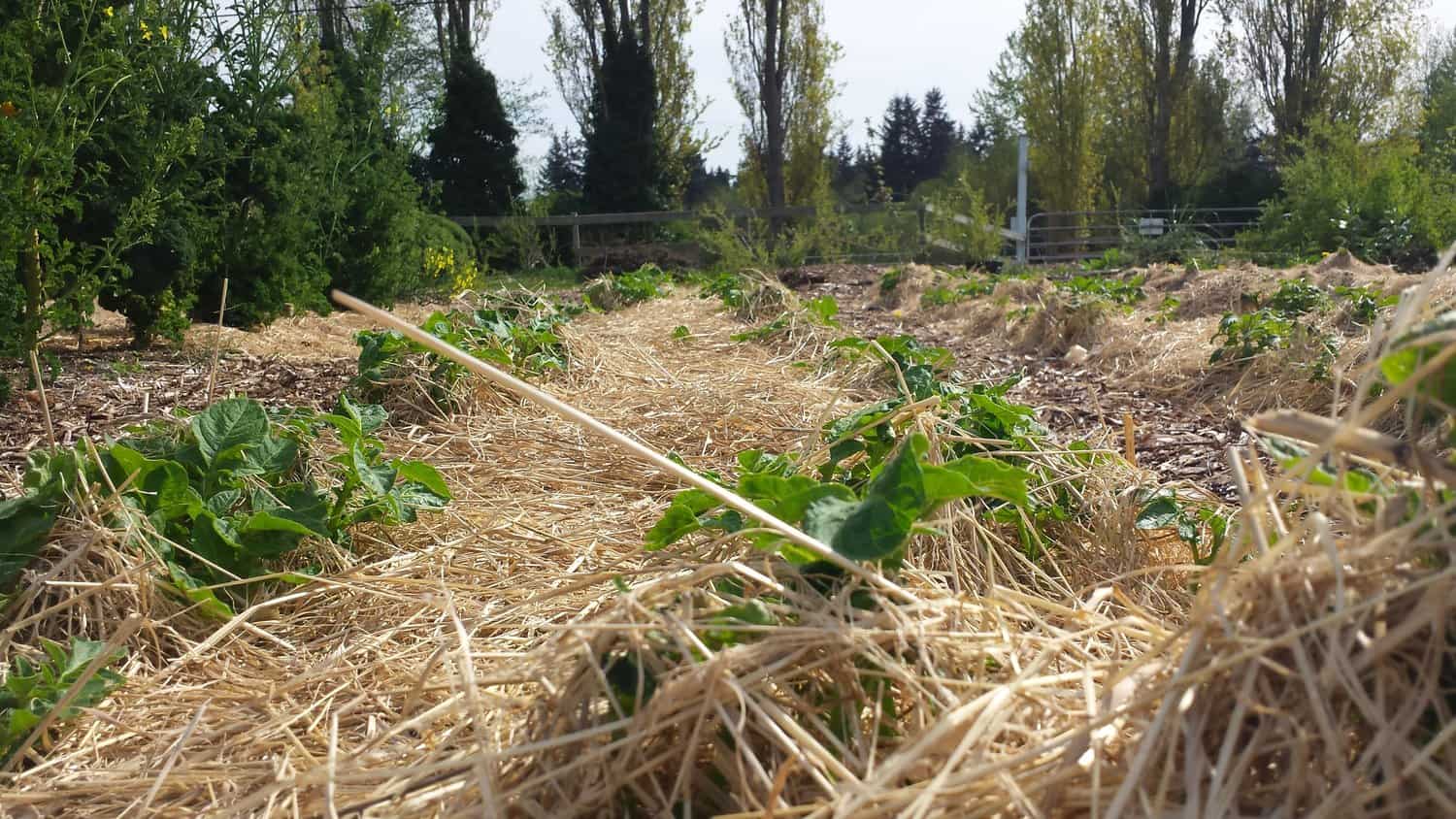
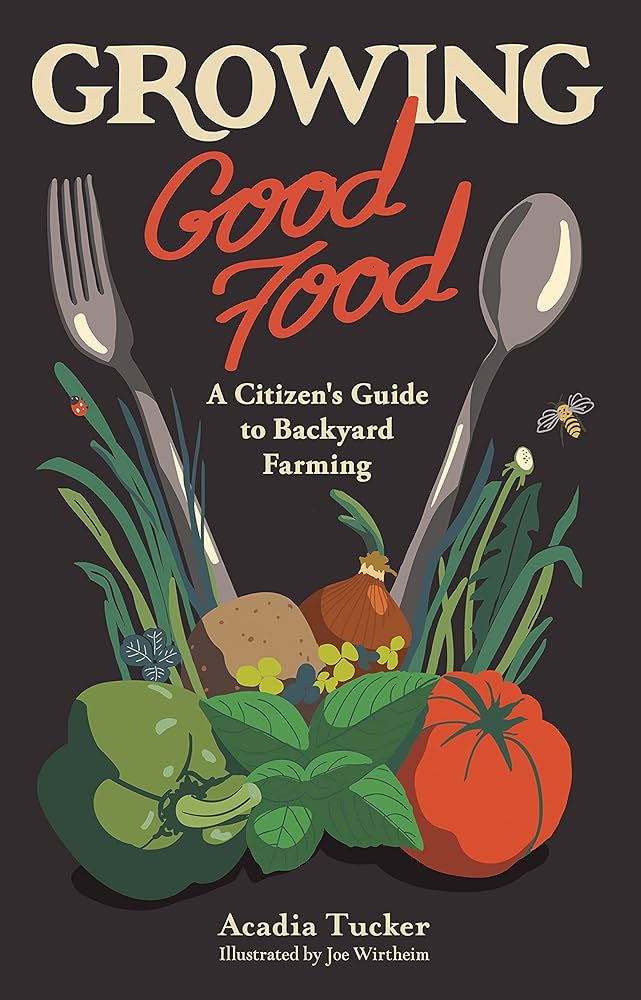
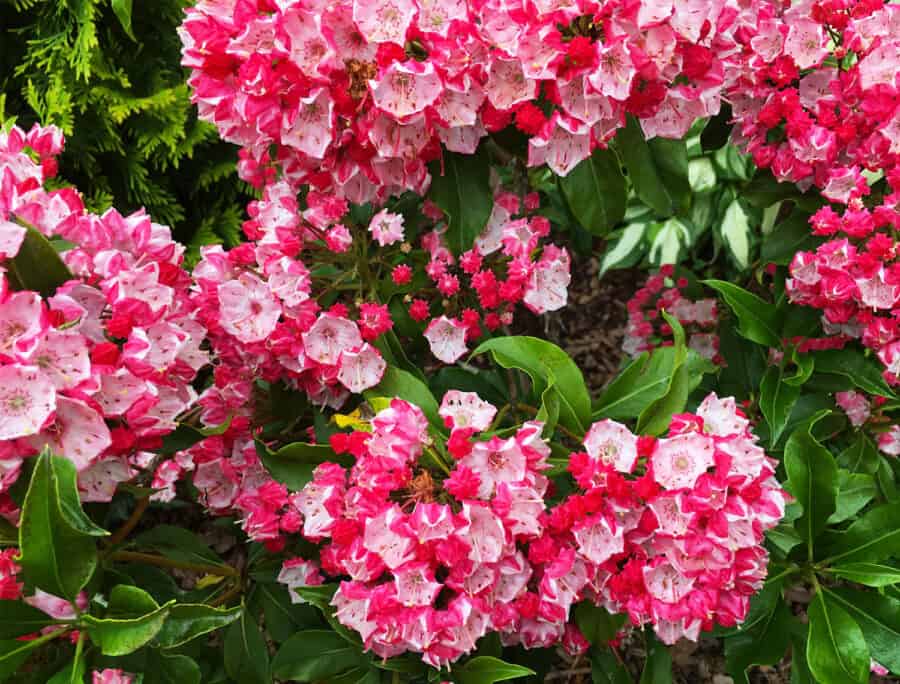
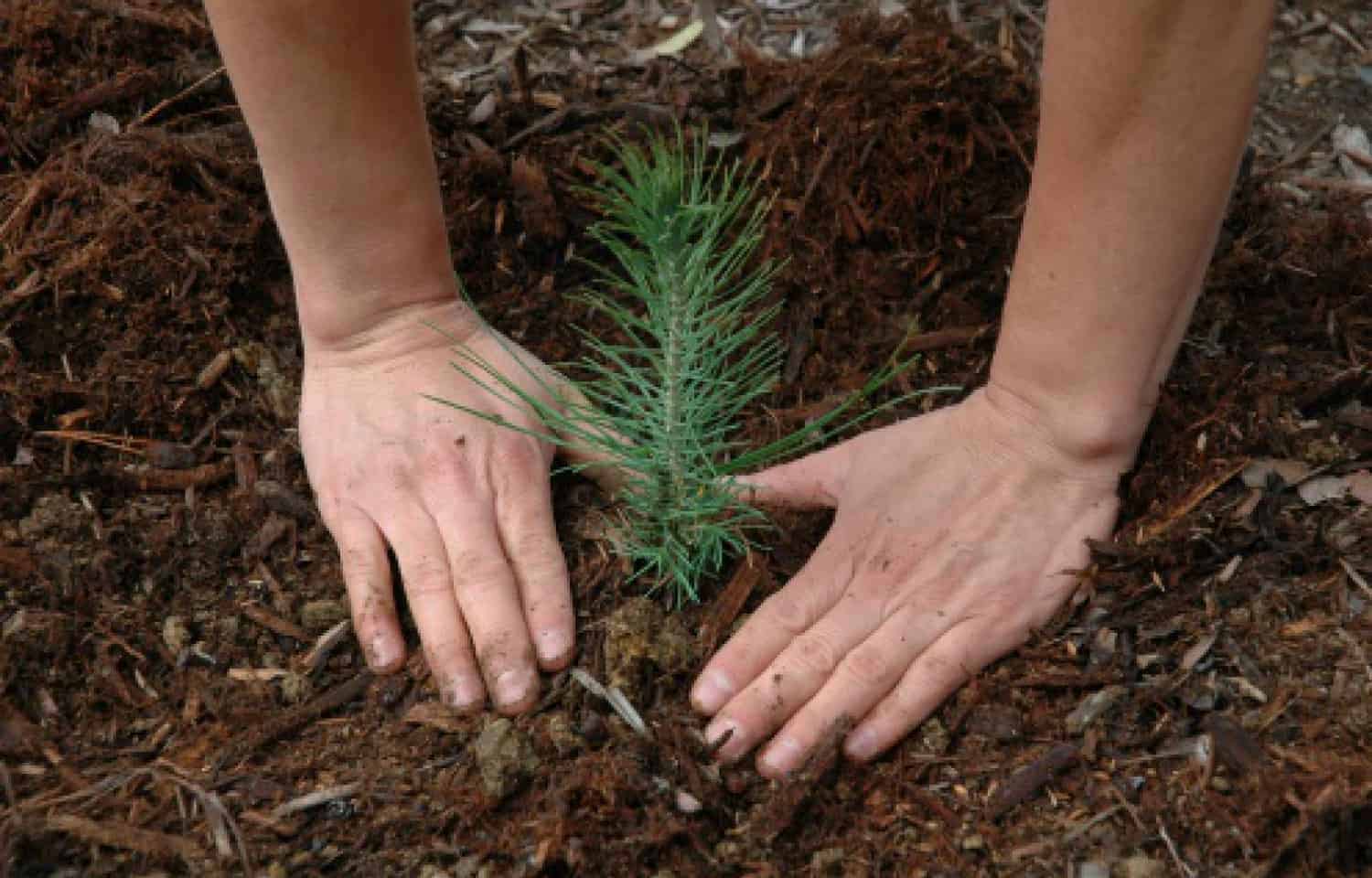
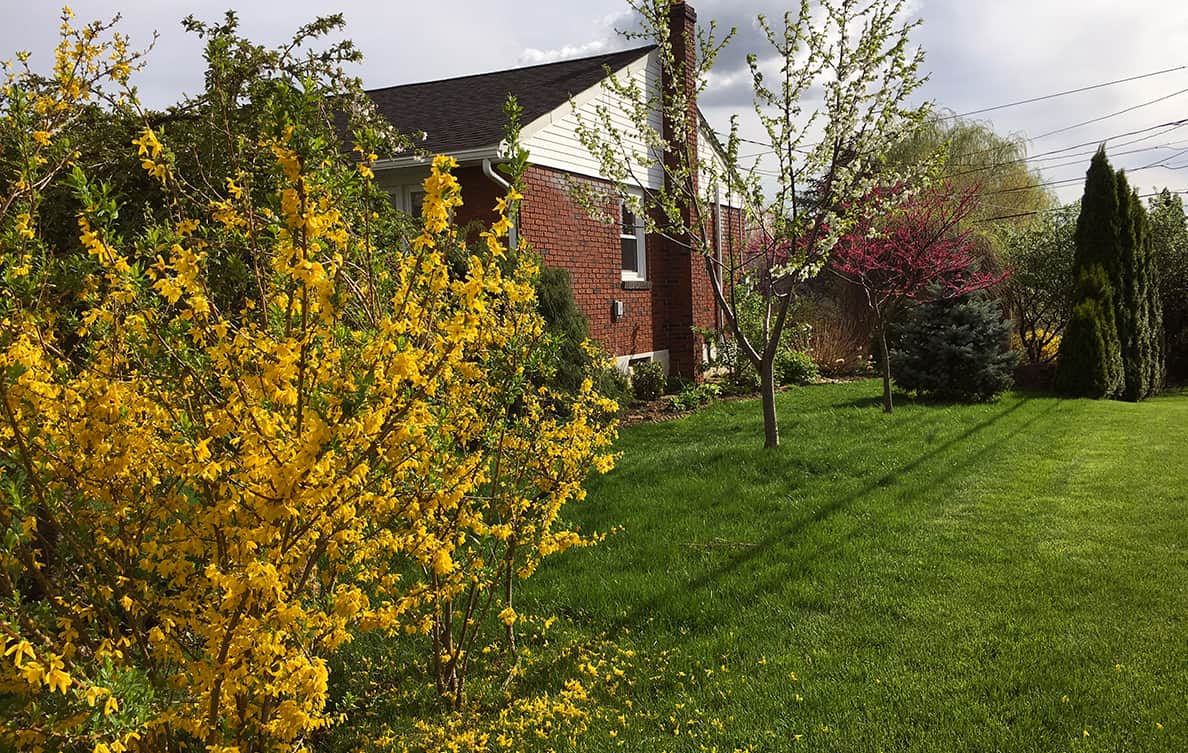
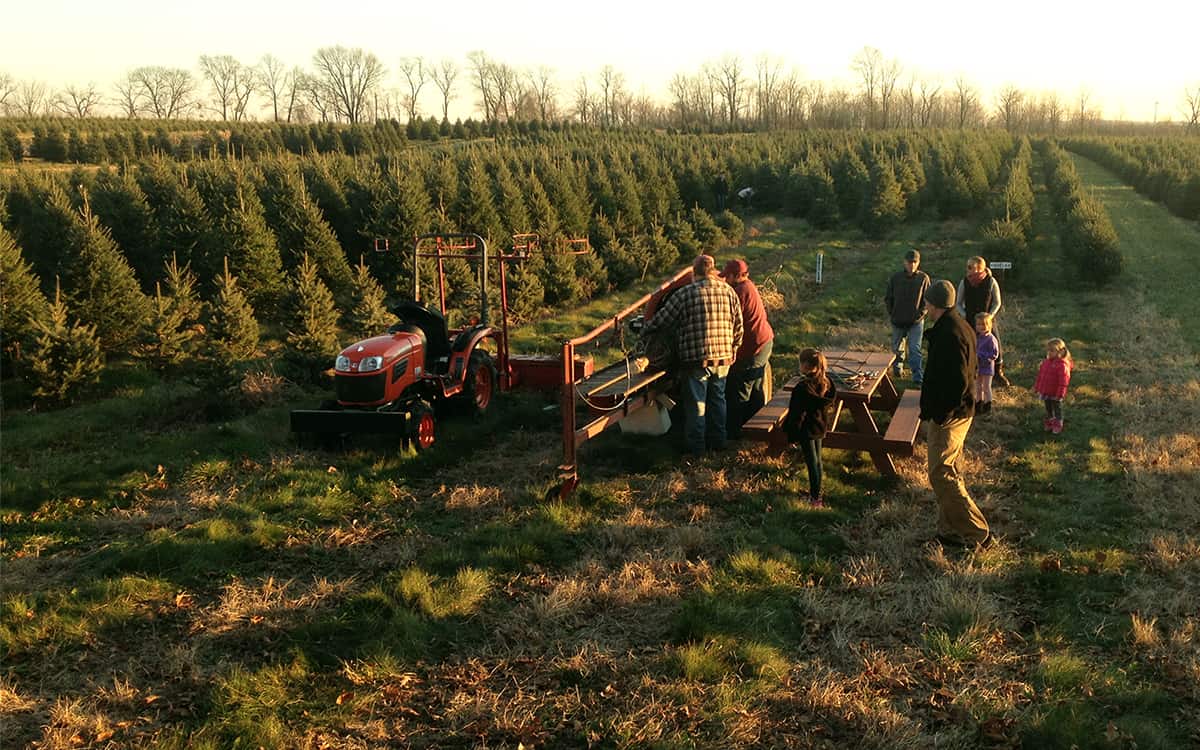

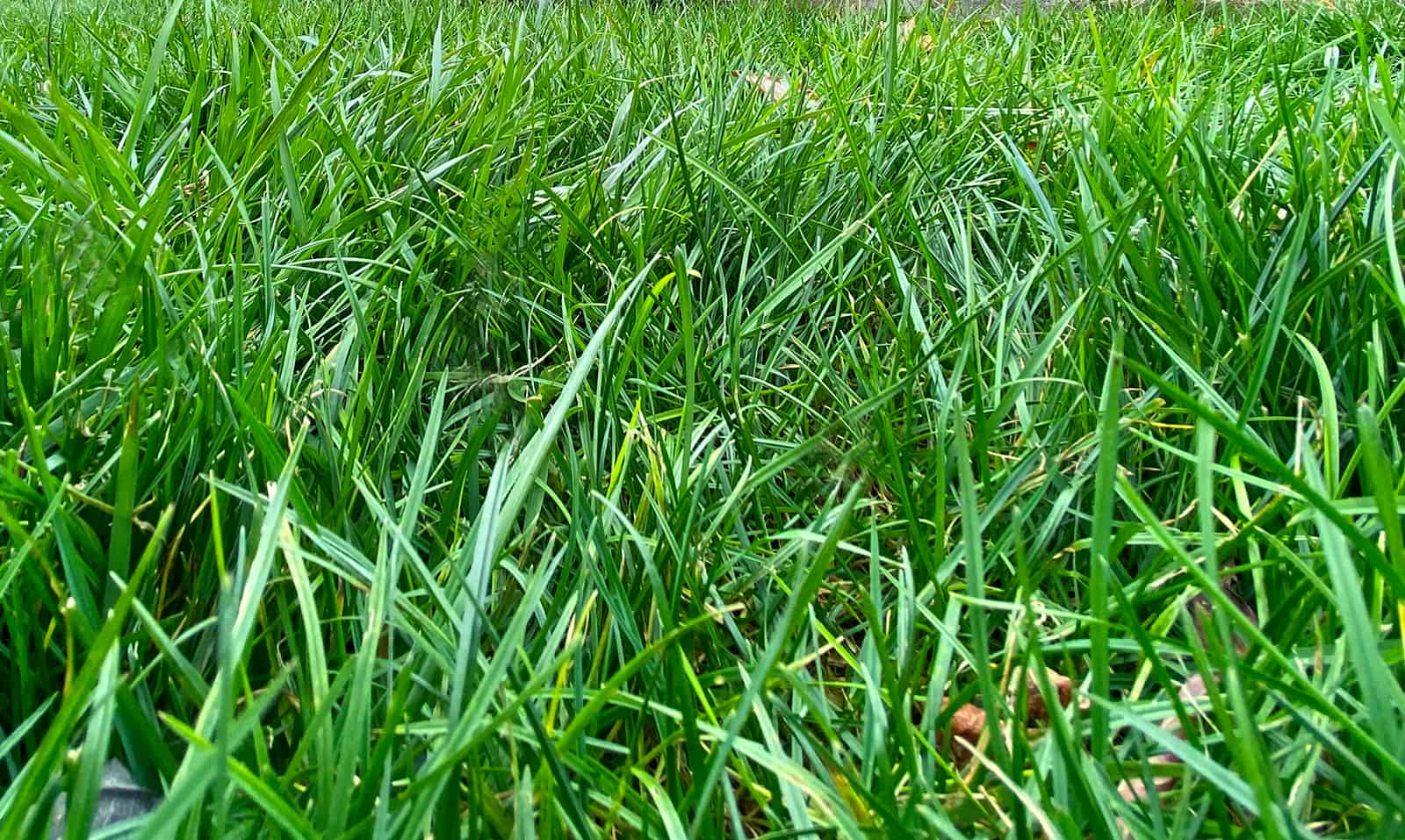
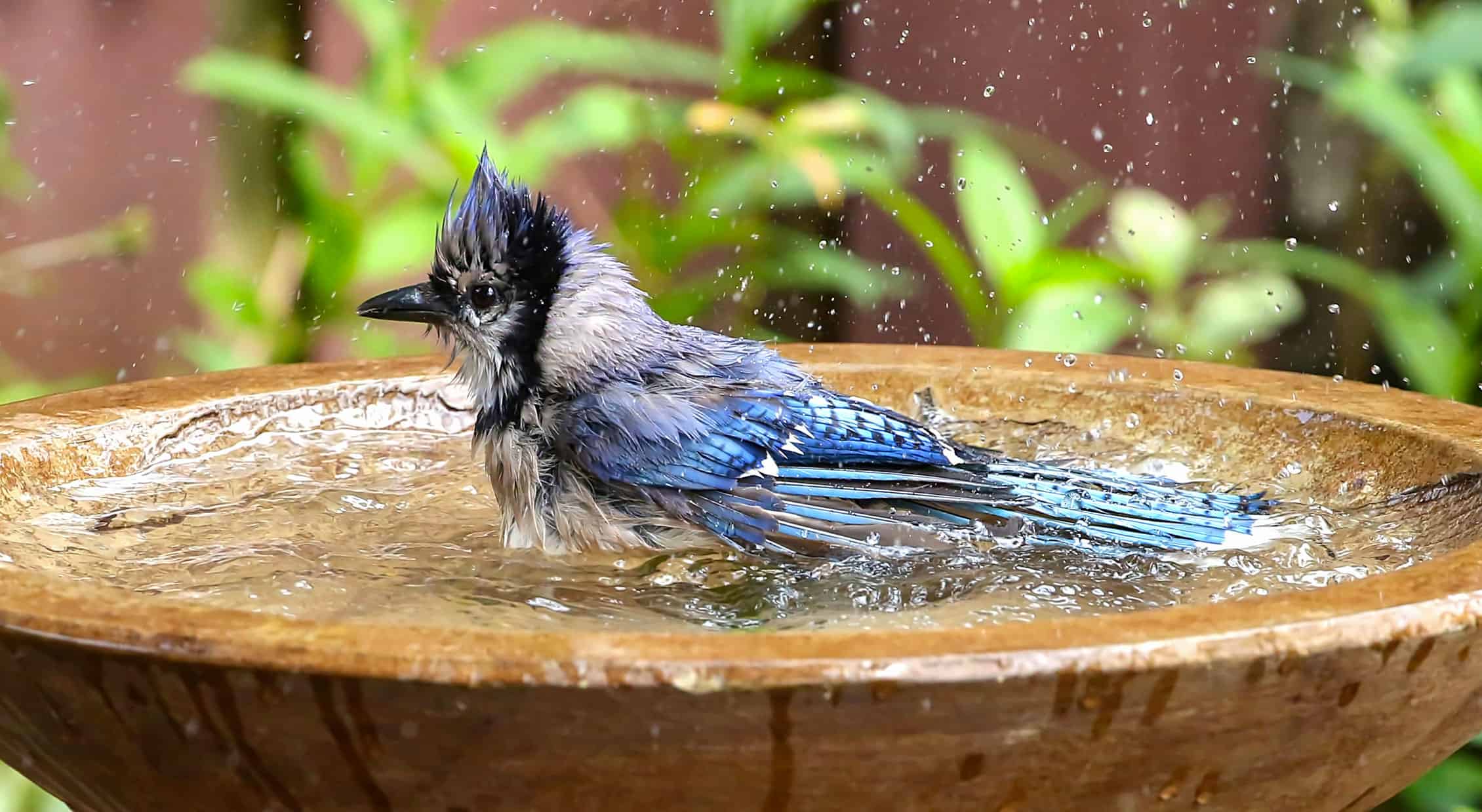

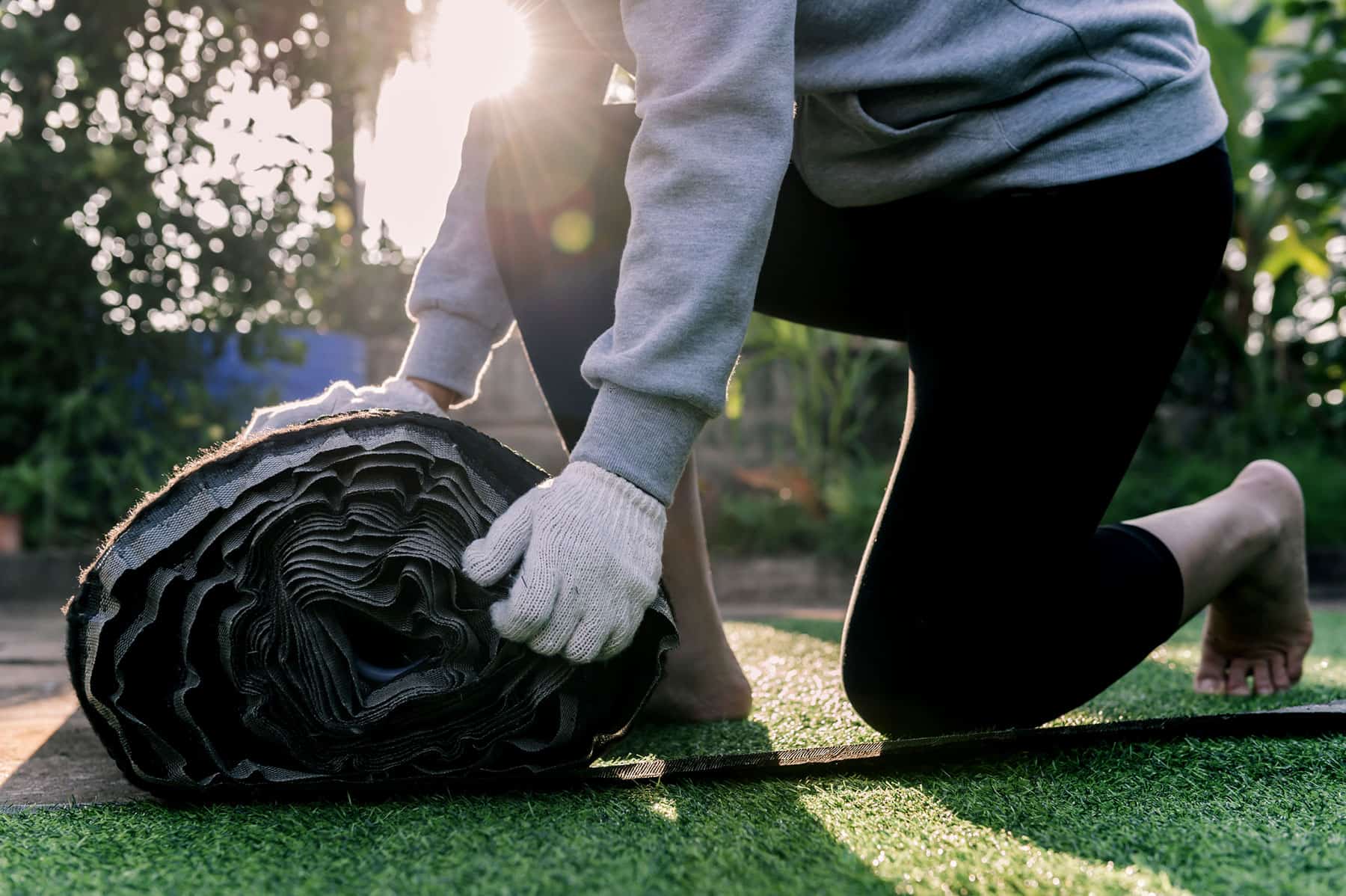
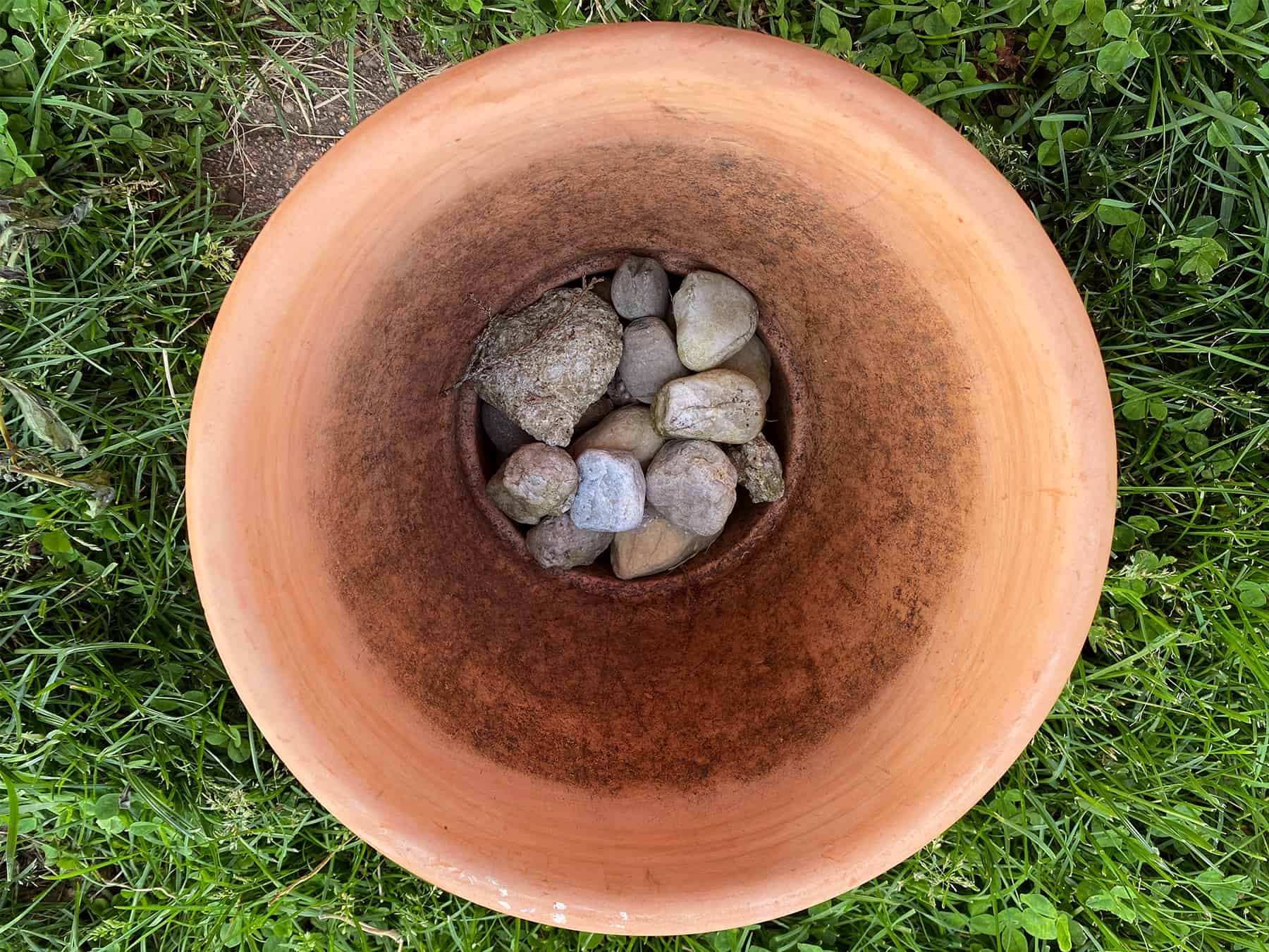

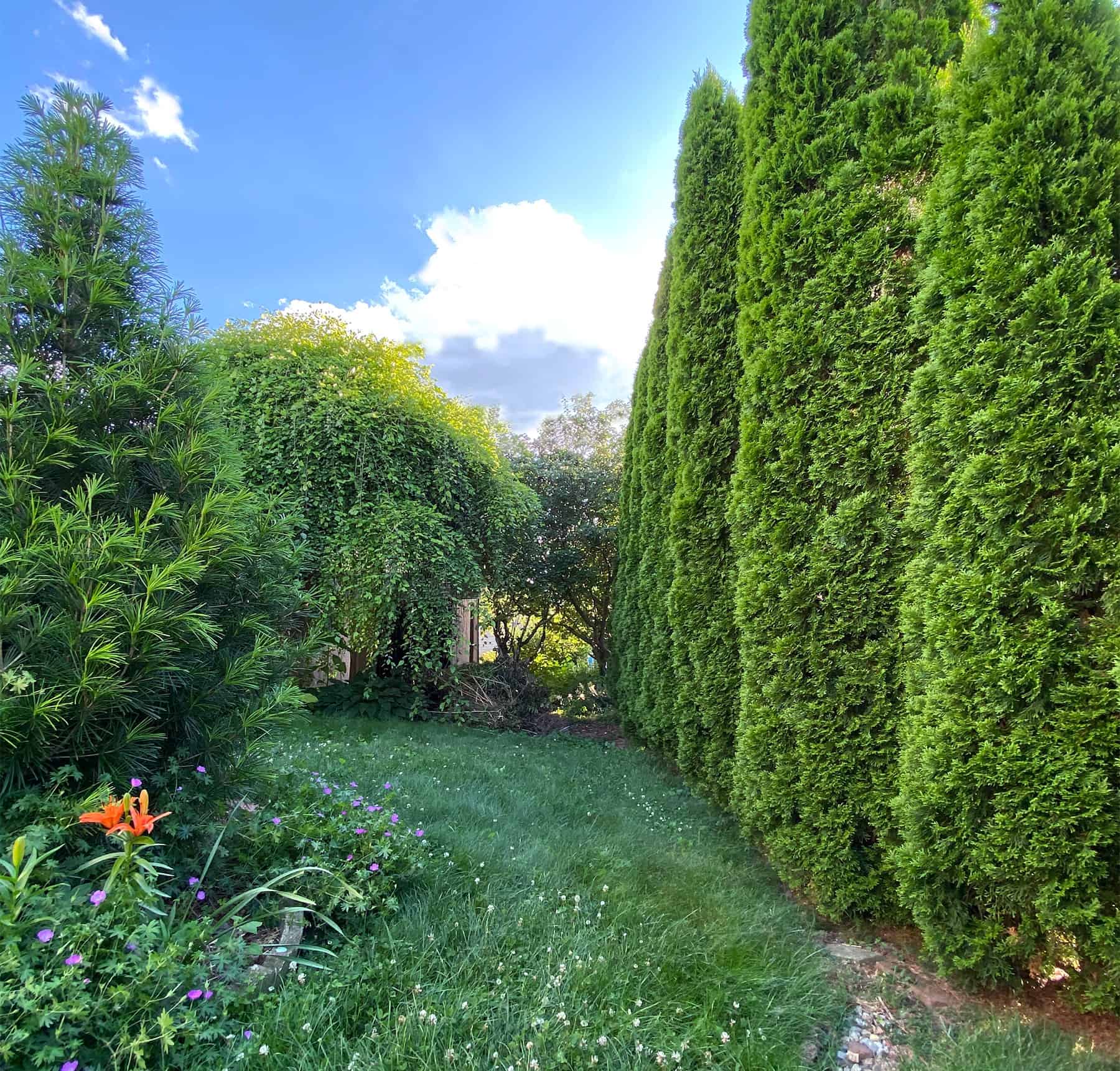
Leave a Reply